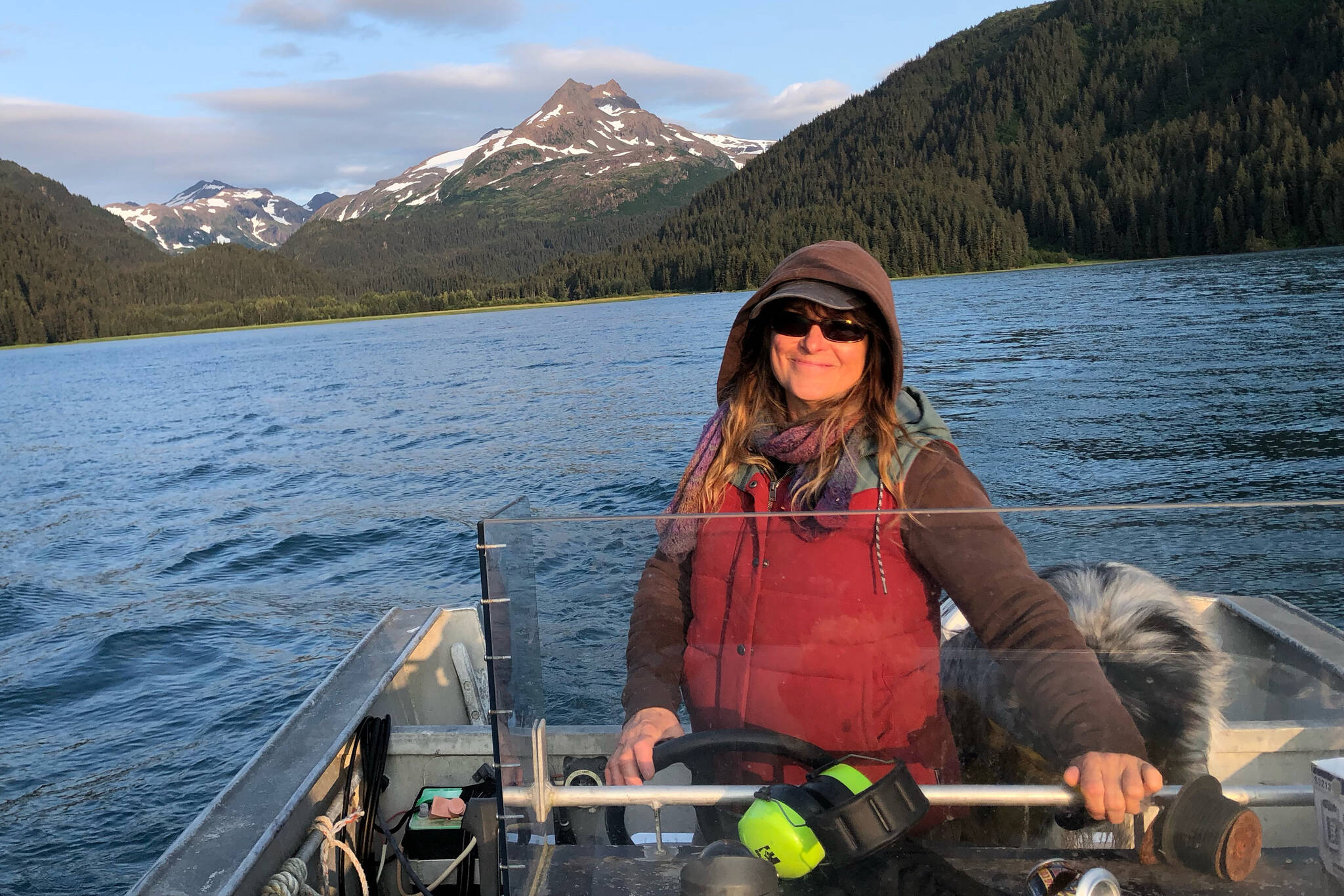Why does Rep. Sarah Vance’s misguided House Bill 52, falsely pretend China Poot sockeye depend on the Tutka Bay Lagoon Hatchery so she can carve out the heart out of Kachemak Bay State Park’s Critical Habitat Area? Alaska Department of Fish and Game documents validate the hero of China Poot’s sockeye is Trail Lakes Hatchery near Moose Pass, not the diseased, insolvent Tutka hatchery.
The 1998 Tutka Hatchery Annual Management Plan and Reports (FMR) 07-42, signed by top ADF&G staff and deputy commissioner, states:
“Due to problems associated with securing a disease-free water, ‘Efforts to incubate and rear sockeye were plagued by the infectious hematopoietic necrosis virus (IHNV) in the Tutka hatchery, the experimental sockeye program was relatively short lived, suspended in 1998.’
“In 2004, CIAA (Cook Inlet Aquaculture Association) halted all Tutka Hatchery operations, essentially ending annual full-scale pink salmon incubation and release programs.”
Since Trail Lakes continued China Poot fisheries after this 2004 Tutka Hatchery closure, why is Rep. Vance using this excuse?
ADF&G Pathology Evaluation states:
“Since 2005, the Lagoon has served solely as a ‘saltwater release site’ for sockeye smolt reared in the Trail Lakes Hatchery administered under the Trail Lakes hatchery permit.”
Even the shallow warming “salt water lagoon release site” that flows into Tutka Bay poses deadly problems for sockeye.
CIAA Director Dean Day explains the active search for a sockeye friendly “freshwater release site” like its Hazel, Kirshner, and Leisure Lake that flows into China Poot:
“… the sockeye broodstock at Tutka Lagoon has been challenging for a number of reasons … as far back as 2014, we have searched for alternate locations. Port Graham was not successful for a number of reasons related to the volume of freshwater available. Kirshner has been investigated, but it’s a challenge. To date, we’ve been unable to locate an area. We’ve had issues, the lensing bags at Tutka Lagoon…”
The lagoon is shallow warming saltwater. Sockeye require freshwater. So CIAA uses artificial lensing bags (a fake lake, floating kiddy pool) that unfortunately also contributes to sockeye mortality.
ADF&G’s Glenn Hollowell, 2018 FMR 19-23, confirms:
“In many years, interruption of freshwater flow into the lensing bag, or breach in the lensing bag, has resulted in levels of mortality exceeding 30% minimum survival specified in 5 AAC 40.860.”
The facts are Tutka hatchery produces a pink salmon monoculture desecrating Kachemak Bay State Park and Critical Habitat Area as a feed lot. Like the ugly step sister trying to force-fit her big hairy toe into the crystal slipper, the Tutka hatchery has shattered the carrying capacity, causing poor saltwater circulation, low oxygen and kills fish.
Hollowell explains:
“Sunny conditions combined with low tides resulted in anoxic conditions in the lagoon, causing the death of these fish during low tide cycles … very large numbers of decaying carcasses in Tutka Lagoon Creek, resulted in significant mortality.”
Don’t be duped from Rep. Vance’s deceptive hearsay.
Trail Lakes hatchery is your China Poot sockeye salmon hero, not the insolvent, diseased Tutka Hatchery that HB52 uses to desecrate our Parks Critical Habitat as a feed lot and dump for non-preferred pinks.


